1500 Days of Easy & Delicious Low-fat and Low Sodium Recipes to Lower Your Blood Pressure and Cholesterol Levels. Includes 30-Day Meal Plan
Copyright 2022 by Laura Kelley. ll rights rsrvd.
Introduction
W  ith the current changes in the world of health and fitness, people are looking for ways to help them maintain optimum heart and body functions. The guideline is meant to help people shift toward a dietary change that contains more fruits and vegetables and eat lean proteins and whole grains instead of refined processed foods. Based on recent evidence, there is a direct correlation between the cholesterol in the blood and the type of food that is consumed. Foods rich in low-density lipoproteins will increase the cholesterol level in the system. However, dieticians and doctors have had to urge people to consume high-density lipoproteins, which are good fats for the body. It is important to note that the body still needs fats; therefore, you need to consume the correct type of fats that will boost the body's functionality without increasing cholesterol levels.
ith the current changes in the world of health and fitness, people are looking for ways to help them maintain optimum heart and body functions. The guideline is meant to help people shift toward a dietary change that contains more fruits and vegetables and eat lean proteins and whole grains instead of refined processed foods. Based on recent evidence, there is a direct correlation between the cholesterol in the blood and the type of food that is consumed. Foods rich in low-density lipoproteins will increase the cholesterol level in the system. However, dieticians and doctors have had to urge people to consume high-density lipoproteins, which are good fats for the body. It is important to note that the body still needs fats; therefore, you need to consume the correct type of fats that will boost the body's functionality without increasing cholesterol levels.
So, what do experts recommend when it comes to heart-healthy eating? For cardiovascular disease prevention, it is recommended that you should consult a dietary pattern that emphasizes the consumption of low-fat dairy products, whole grains, legumes, poultry, fish and nuts. You should limit sugar-sweetened beverages, sweets, and red meats, and your healthy diet must:
- Limit intake of saturated fat intake to 5% to 6% of total calorie intake
- Reduce calorie intake of trans fats and saturated fats
- Maintain your sodium intake to less than 2300 mg to 1500 mg daily for people prone to cardiovascular diseases.
- Limit the intake of added sugars to at least 10% of the total calories consumed daily.
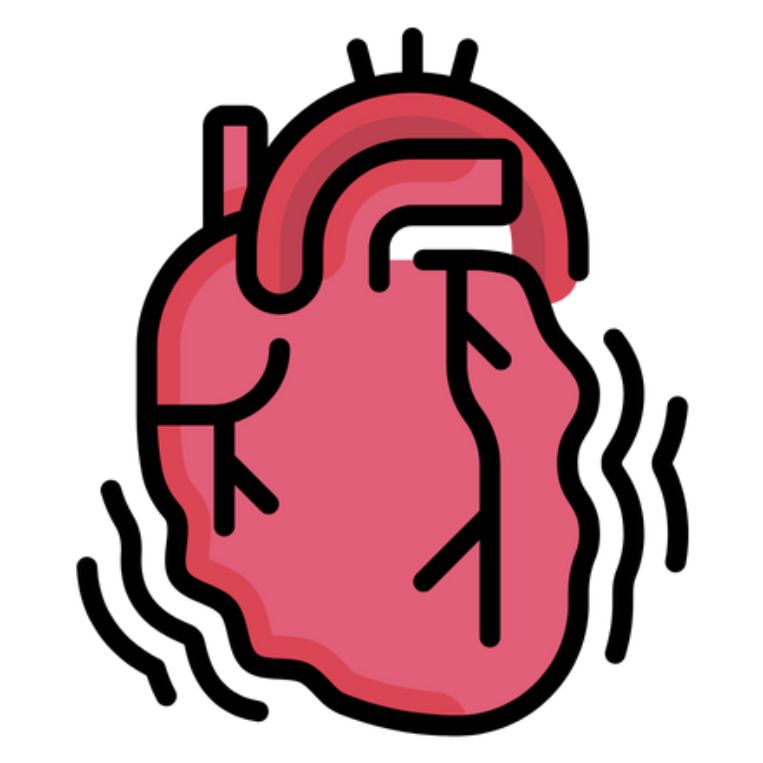 Implementing this eating pattern will likely reduce your chances of cardiovascular disease. It is important to note that the dietary patterns in this book are not fads or diets but a healthy diet plan based on scientific evidence on decreasing the risk of chronic diseases. It is all about the interaction of many antioxidants, minerals, vitamins and phytochemicals that are critical in boosting the functionality of the body cells.
Implementing this eating pattern will likely reduce your chances of cardiovascular disease. It is important to note that the dietary patterns in this book are not fads or diets but a healthy diet plan based on scientific evidence on decreasing the risk of chronic diseases. It is all about the interaction of many antioxidants, minerals, vitamins and phytochemicals that are critical in boosting the functionality of the body cells.
This heart-healthy cookbook is loaded with various simple, healthy, and delicious recipes starting from healthy breakfast choices and ending with delicious desserts. The ingredients used in this cookbook are simple and easily available at your local grocery shop. The book will guide you to change your daily lifestyle toward healthy eating.
What is a Heart Disease?
Any health disorder that affects heart health and its functioning is defined as heart disease. It is also known as cardiovascular disease, which affects the heart and blood vessels. Heart disease starts with depositing the bad fats into the inner wall of arteries, which supply blood to our heart. In this condition, the artery walls get thickened, and hardening also narrows them and restricts the blood flow; this condition is known as arteriosclerosis. As a result, the blood cannot pass freely from these arteries, increasing the risk of heart attack or stroke.
The fats stored in the arteries are in the form of cholesterol. There are different forms of cholesterol known as HDL and LDL cholesterol. HDL cholesterol is good cholesterol; it reduces the cholesterol in the blood and returns it to the liver. The LDL cholesterol is bad; it sticks inside the blood vessels and is sometimes responsible for blocking the blood flow.
Causes and Symptoms of Heart Diseases
There are many causes of cardiovascular disease that affect your heart health. The causes of heart disease include.
- Born with congenital heart defects.
- Coronary artery disease is also known as blood vessel disease.
- Increased blood cholesterol.
- Family history of cardiovascular disease.
- Type-II diabetes.
- High blood pressure.
- Smoking, obesity, metabolic syndrome, stress, lack of exercise, etc.
Heart disease symptoms depend on your type of CVD or heart disease. Some of them include
- Heart Arrhythmias: This is a condition in which sometimes heartbeats are too quick or too slow. Abnormal heartbeats are noticed; some causes include flapping in your chest, running heartbeats, slow heartbeats, near fainting, discomfort, dizziness, chest pain, etc.
- Congenital heart defects: This heart condition is present at birth due to the complex structure of the heart. Some symptoms and signs in an infant child include swelling around the eye, leg, and abdomen. Also, notice the shortness of breath, etc.
- Heart Cardiomyopathy: This condition is challenging to identify because there are no symptoms at an early stage. When the condition worsens, the symptoms include irregular heartbeats swelling in the feet and ankles, fatigue, dizziness, lightheadedness, etc.
- Endocarditis Infection: This type of infection affects the inner lining of the heart valves and chambers. Heart infection includes dry cough, fever, shortness of breath, rashes on the skin, changed heart rhythm, swelling, etc.
- Valvular heart disease: There were four valves in the heart, including tricuspid, mitral, aortic, and pulmonary valves. There are various causes of damaged heart valves. The sign and symptoms of valvular heart disease include irregular heartbeats, fatigue, chest pain, fainting, etc.
How Is Heart Disease Treated?
Lifestyle adjustments are part of the treatment for coronary artery disease. Do not smoke. Consume plenty of fruits, veggies, and fiber-rich meals. Sugary meals should be avoided. Regular exercise is essential. Keep a healthy weight.
Medicines: Cholesterol-lowering statins, High blood pressure. Drugs Aspirin or other blood clot-prevention meds, Diabetes medications, nitrates, beta-blockers, and other medications used to relieve chest discomfort (angina).
Surgery: Bypass surgery, stenting (also called coronary artery bypass grafting or CABG)
Medications such as calcium channel blockers and anticoagulants treat arrhythmia (blood thinners). In addition, ablation, cardioversion, implantable devices such as implantable cardioverter defibrillators (ICDs), and pacemakers are all options.
Drugs, angiotensin-converting enzyme (ACE) inhibitors, angiotensin receptor blockers (ARBs), anti-arrhythmic medications, antibiotics, anticoagulants (blood thinners), and beta-blockers are used to treat heart valve disease. Diuretics Vasodilators Surgery Valve replacement or repair of the heart valve
Who Should Follow The The Heart Healthy Eating Pattern
A heart-healthy eating pattern is essential because there are other benefits of taking this diet apart from a healthy lifestyle. The people following this heart-healthy eating pattern are those who:
- Have metabolic syndrome
- Are on their menopause or post menopause
- Have high levels of triglycerides
- Have excess weight in the middle or belly fat
- They are known to have a polycystic syndrome

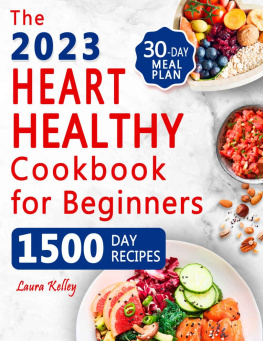
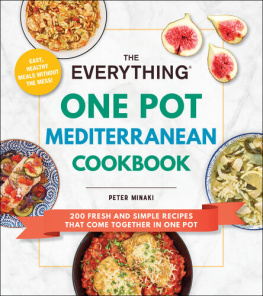
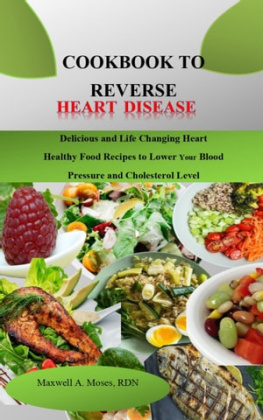

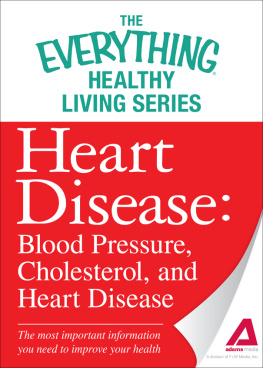
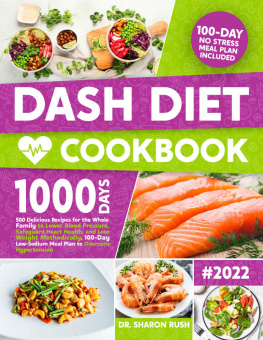
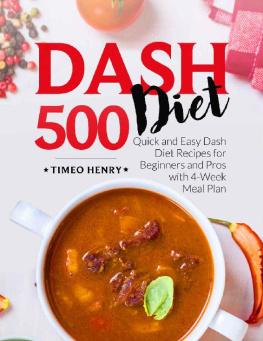
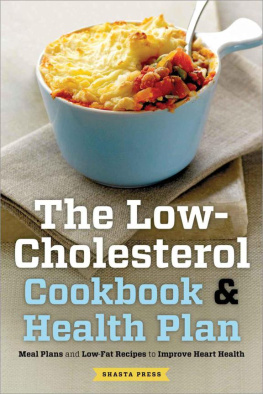
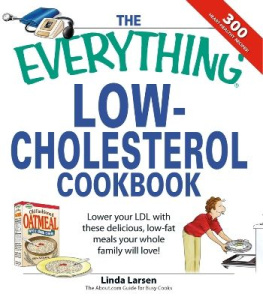
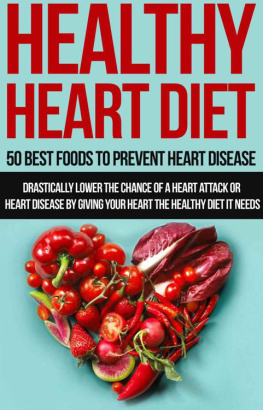
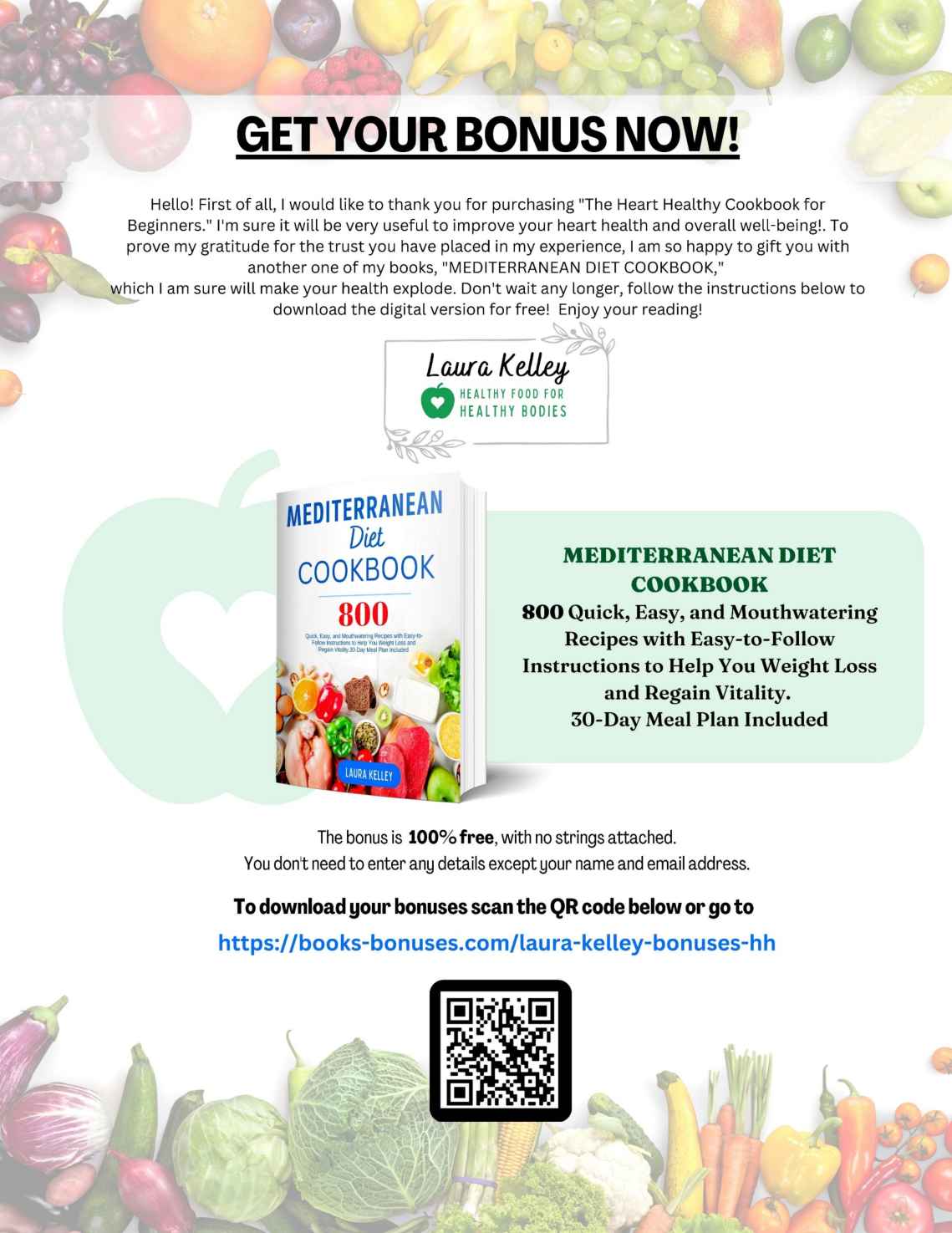
 ith the current changes in the world of health and fitness, people are looking for ways to help them maintain optimum heart and body functions. The guideline is meant to help people shift toward a dietary change that contains more fruits and vegetables and eat lean proteins and whole grains instead of refined processed foods. Based on recent evidence, there is a direct correlation between the cholesterol in the blood and the type of food that is consumed. Foods rich in low-density lipoproteins will increase the cholesterol level in the system. However, dieticians and doctors have had to urge people to consume high-density lipoproteins, which are good fats for the body. It is important to note that the body still needs fats; therefore, you need to consume the correct type of fats that will boost the body's functionality without increasing cholesterol levels.
ith the current changes in the world of health and fitness, people are looking for ways to help them maintain optimum heart and body functions. The guideline is meant to help people shift toward a dietary change that contains more fruits and vegetables and eat lean proteins and whole grains instead of refined processed foods. Based on recent evidence, there is a direct correlation between the cholesterol in the blood and the type of food that is consumed. Foods rich in low-density lipoproteins will increase the cholesterol level in the system. However, dieticians and doctors have had to urge people to consume high-density lipoproteins, which are good fats for the body. It is important to note that the body still needs fats; therefore, you need to consume the correct type of fats that will boost the body's functionality without increasing cholesterol levels. Implementing this eating pattern will likely reduce your chances of cardiovascular disease. It is important to note that the dietary patterns in this book are not fads or diets but a healthy diet plan based on scientific evidence on decreasing the risk of chronic diseases. It is all about the interaction of many antioxidants, minerals, vitamins and phytochemicals that are critical in boosting the functionality of the body cells.
Implementing this eating pattern will likely reduce your chances of cardiovascular disease. It is important to note that the dietary patterns in this book are not fads or diets but a healthy diet plan based on scientific evidence on decreasing the risk of chronic diseases. It is all about the interaction of many antioxidants, minerals, vitamins and phytochemicals that are critical in boosting the functionality of the body cells.